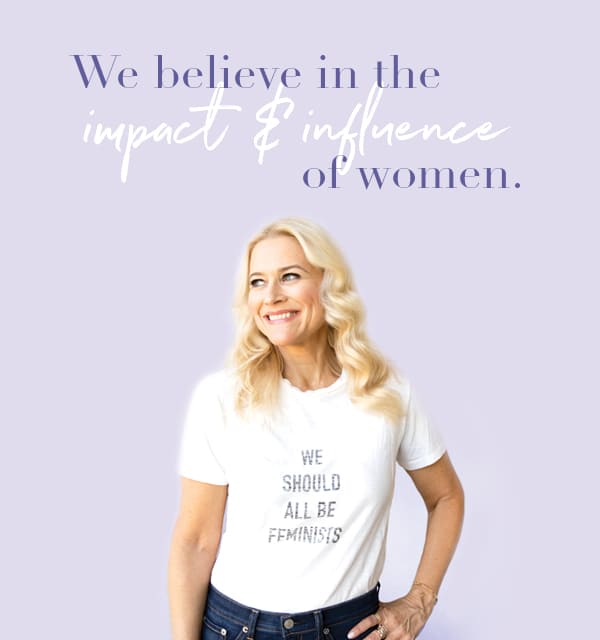
When it comes to communicating with their audience, most brands are getting it wrong. They often focus on pitching and promoting their products and services instead of telling a better story to build a better brand.
But the problem is that the very people they want to reach and connect with are tuning them out. They have no interest in being “sold.”
Consumers are more empowered and connected than ever before. We are just a click away from reading reviews and testimonials about any product or service we’re interested in. We don’t have to rely on a company – or traditional media – to tell us what we need to know about any product or service we may want to purchase. When we need information, we will often turn to a friend or acquaintance for a recommendation or referral.
Consumers are less loyal and more cynical today. We’re less likely to trust a message if it comes directly from a brand.
So, what does that mean for your brand?
In order to connect and engage, you must tell stories that pique your customers interest and touch on what they care about most. And in order to do that, you have to get inside your customers head and uncover her fears, concerns and struggles, as well as her dreams and aspirations.
When you can speak to the needs and problems of your audience and tell a compelling story – and ultimately share how you (and your product or service) are the solution – you have a much better chance of accessing their feelings and making an emotional connection.
If you can tap into your potential customer’s feelings, your brand will be much more powerful – and relatable – because feelings drive behavior.
Customers who are emotionally connected to a brand statistically spend twice as much with that brand than their less connected counterparts.
For example, Artifact Uprising sells custom photo books. Yet they understand that it’s not their beautiful books that make the connection – and ultimately the sale – with their clients. They understand that for their customer, it’s about meaning, legacy and what matters most in life.
They got inside their customer’s head to understand how she thinks and what she cares about so that they could tell an engaging story. Their photo books are a means to an end – a way for her to experience a specific feeling she wants to have – and she wants her loved ones to have, too.
Artifact Uprising communicates this by sharing, “We exist to create joy by helping you honor the meaningful in your life.” They make an emotional connection with their customer by asking, “What legacy are you going to leave?”
Communication that empowers the consumer always asks, “How do I want my audience to feel?”
Artifact Uprising doesn’t sell photo books, they sell leaving a legacy to loved ones.
People don’t really buy insurance – they buy peace of mind.
They don’t really buy cars – they buy status, safety or sustainability.
And they don’t vote for the candidate with the best qualifications, they vote for the candidate who makes them feel something – who taps into what their constituents care about most and can eloquently communicate how they’re going to deliver on that promise.
What are your clients really buying?











[…] (hence the North Star Metric) and focus on the true benefits they receive from the engagement. Sharing your brand story – and the stories of clients that have come before – will encourage and invite them into your […]